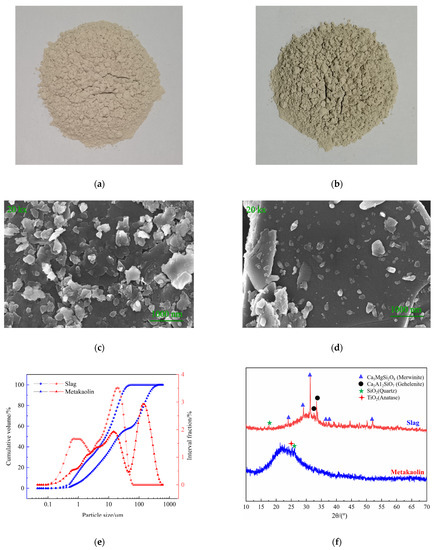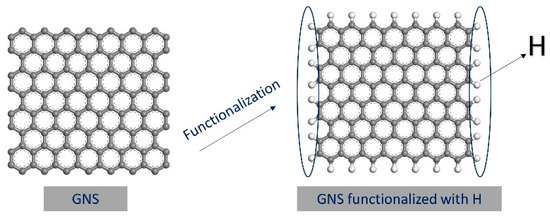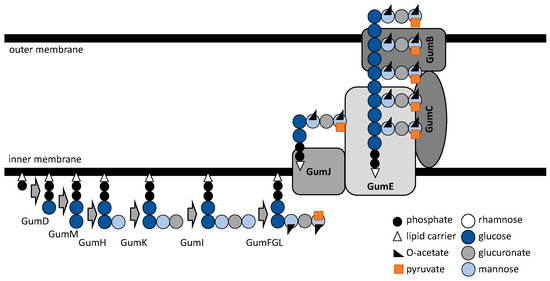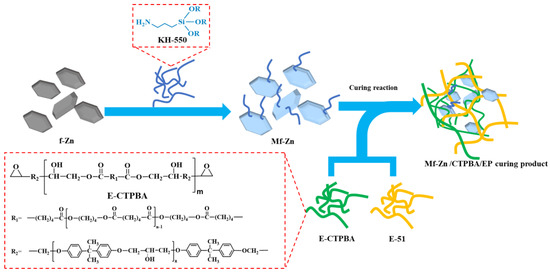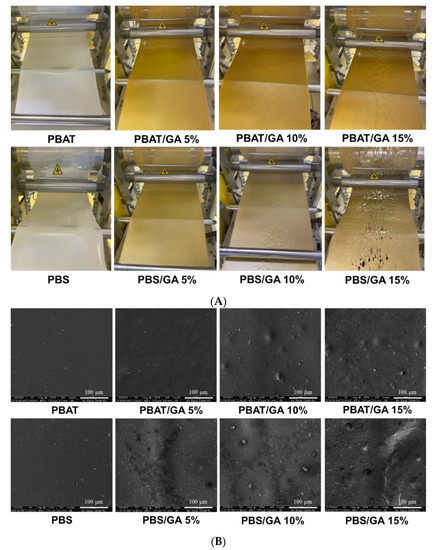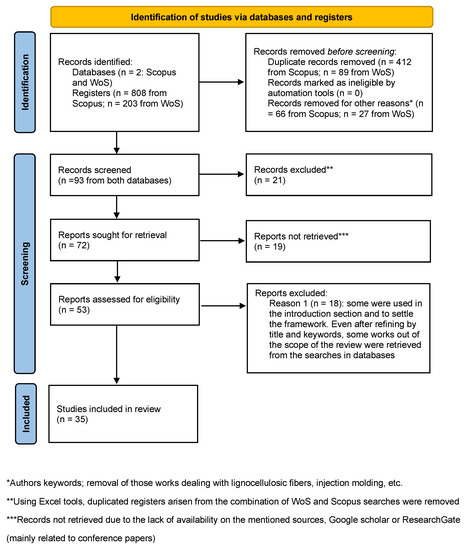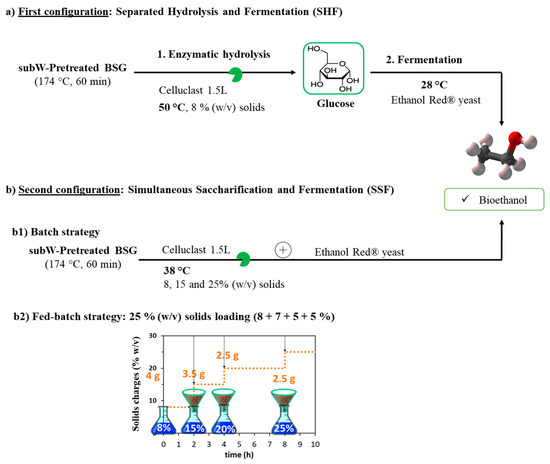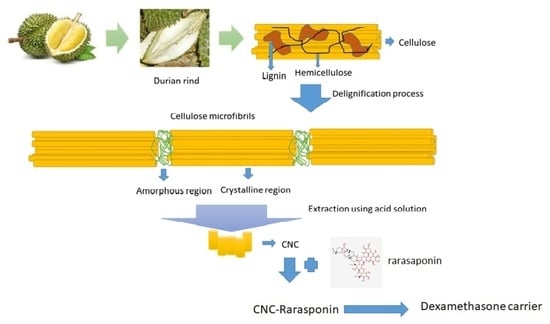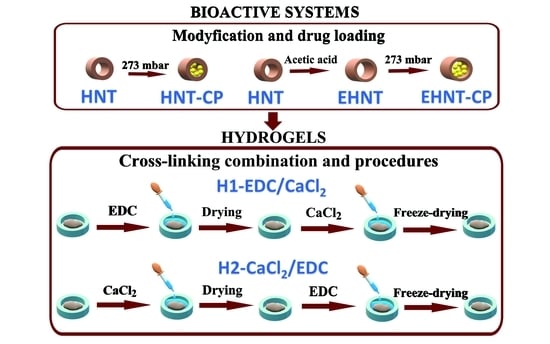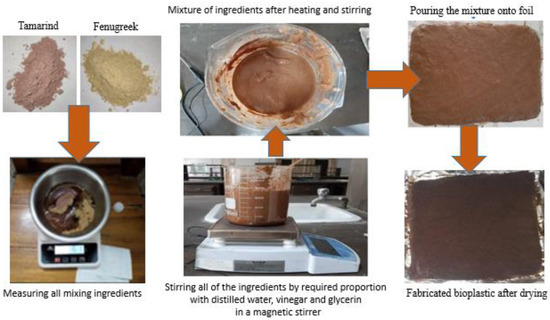Polymers 2022, 14(23), 5319; https://doi.org/10.3390/polym14235319 - 5 Dec 2022
Cited by 13 | Viewed by 5018
Abstract
Polyetheretherketone (PEEK) is the material of choice in several applications ranging from the automotive industry to medicine, but the surface properties are usually not adequate. A standard method for tailoring surface properties is the application of gaseous plasma. The surface finish depends enormously
[...] Read more.
Polyetheretherketone (PEEK) is the material of choice in several applications ranging from the automotive industry to medicine, but the surface properties are usually not adequate. A standard method for tailoring surface properties is the application of gaseous plasma. The surface finish depends enormously on the processing parameters. This article presents a review of strategies adapted for improved wettability and adhesion of PEEK. The kinetics of positively charged ions, neutral reactive plasma species, and vacuum ultraviolet radiation on the surface finish are analyzed, and synergies are stressed where appropriate. The reviewed articles are critically assessed regarding the plasma and surface kinetics, and the surface mechanisms are illustrated. The directions for obtaining optimal surface finish are provided together with the scientific explanation of the limitations of various approaches. Super-hydrophilic surface finish is achievable by treatment with a large dose of vacuum ultraviolet radiation in the presence of oxidizing gas. Bombardment with positively charged ions of kinetic energy between about 100 and 1000 eV also enable high wettability, but one should be aware of excessive heating when using the ions.
Full article
(This article belongs to the Special Issue Advances in Plasma Processes for Polymers II)
►
Show Figures

